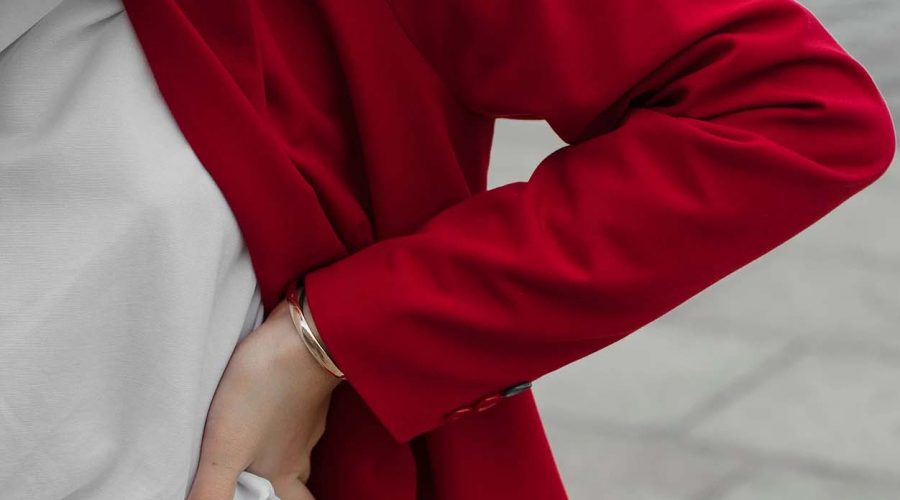Australian women are more likely to drop out of the race for a job if the advertised description has too many dot points in it.
It’s a point that’s got me scratching my head in disbelief but according to insights from employment platform SEEK, which has today released its latest SEEK Employment Report, women are less likely than men to apply for jobs which have a long list of dot-point criteria.
In my view this finding could mean one of three things:
- Women either lack the confidence to apply for a role where they don’t 100 per cent meet every point listed
- Women get bored with reading so many dot points and they move on in their multitasking
- Or… sorry I’m just writing another dot point here because I can.
The finding supports global research from Hewlett Packard which was then quoted in the book Lean In and cited in the Harvard Business Review, which found men apply for a job when they meet only 60 per cent of the qualifications, but women will apply only if they meet 100 per cent of them.
The SEEK insight comes as the company releases its June Employment Report, which revealed job ads are down by 6.5 per cent and the average advertised salary is up by 3.4 per cent when compared to May last year. Some additional insights in the report:
Education and Training – one of the biggest employers of women – had the highest amount of growth, with new job ads up by 13.7 per cent
Healthcare and Medical – the biggest employer of women recorded 7.8 per cent job ad growth
While Tasmania led salary growth for the fifth month in a row up 5.8 per cent followed by Western Australia at 4.3 per cent.
According to a further analysis of SEEK’s database by gender, women are more likely to be dissatisfied with their pay than men (26 per cent versus 21 per cent).
This is not surprising given a 14.1 per cent national gender pay gap as measured by the average full-times wages data captured by the Australian Bureau of Statistics and reported in the Women’s Index.
The average full-time working woman earned $1455.80 a week as of November last year, which is about $240 less that the $1695.60 average man’s full-time weekly wage.
But the picture of the gender gap in advertised salaries looks much much healthier when we view SEEK’s latest data.
The differentiation of advertised salary between both men and women is approximately only 3.6 per cent across Australia.
The average annual salary package across Australia for women is $82,687 and for men it is $85,712.
SEEK data shows that the industries with the biggest discrepancies between men and women are Trades and Services at 9.4 per cent – which is not surprising given that it is dominated by men.
The legal profession, which again is not that surprising given the higher number of women in less senior and partner roles. The gap in legal work is 5.9 per cent.
Other predictable industries where the gap stands out is engineering at 5.3 per cent, construction at 4.9 and Mining, Resources & Energy at 3.5 per cent.













